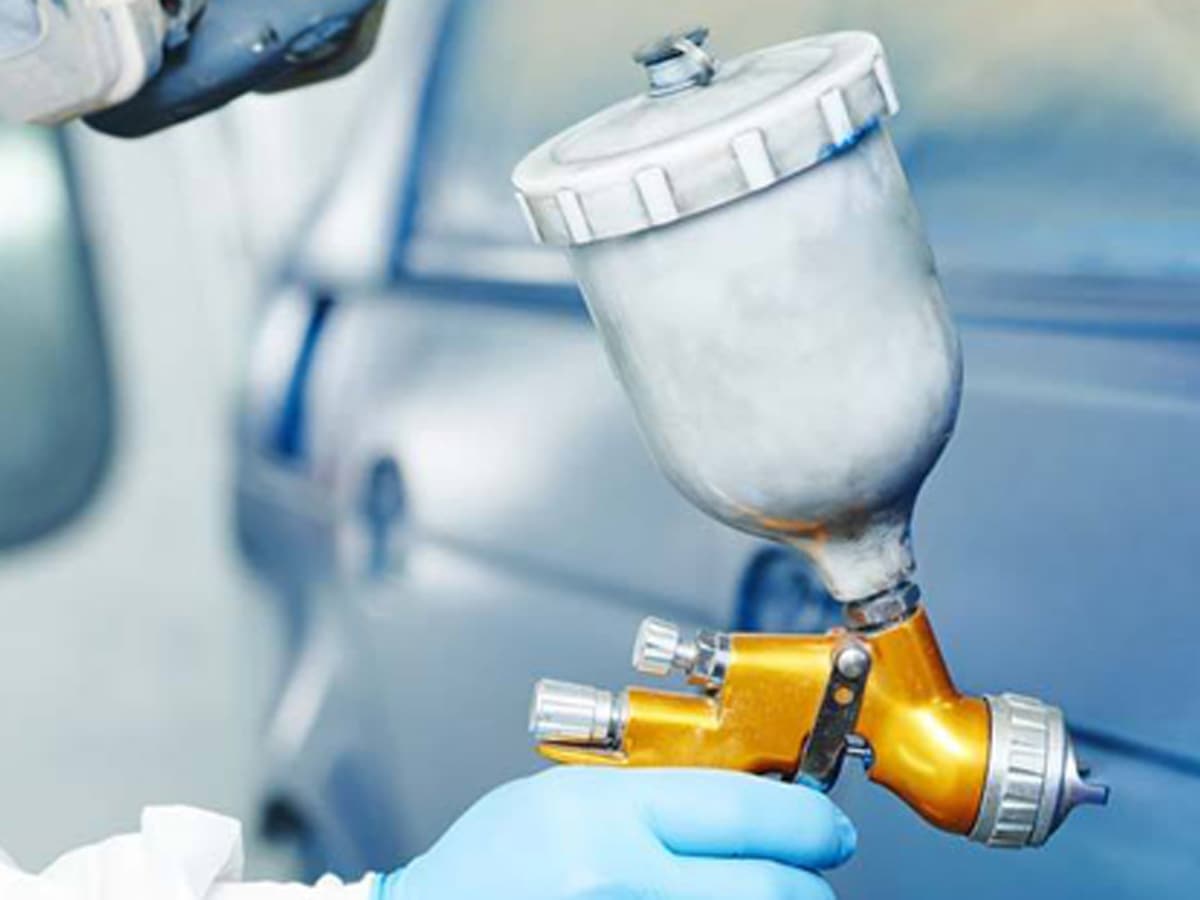
Reasons for Excessive Particles in Spray Painting
1. Spraying Environment:
Insufficient cleanliness of the environment leads to the presence of dust, impurities, and other pollutants in the air, which may adhere to the paint surface during spraying, forming particles.
Excessively low or high humidity can result in uneven drying of the paint, thereby increasing the risk of particle formation.
2. Paint Quality:
Excessive pigment or coarse particles in the paint, used without thorough stirring or filtering, can easily cause particle formation during spraying.
The paint itself being unclean and mixed with impurities can also lead to particle issues.
3. Spray Gun and Tool Condition:
If the spray gun or its body are not properly cleaned, residual paint or impurities may remain and be sprayed out with the new paint, forming particles.
Improper air pressure settings on the spray gun can result in poor atomization of the paint, leading to the formation of large particles.
4. Spraying Technique:
Spraying too close or too far from the surface, as well as uneven spraying speed, can cause uneven paint distribution, resulting in particle formation.
Improper control of film thickness during spraying, whether too thin or too thick, can affect the flatness and smoothness of the paint.

How to Achieve a Smooth and Shiny Paint Surface
Preparation Stage:
Surface Cleaning: Ensure the spraying surface is clean, dry, and free from oil stains or dust. Wipe it clean with a cleaner and paper towels, and perform sanding if necessary.
Choosing the Right Paint: Select high-quality paint and sieve it finely before use. Mix it evenly and ensure there are no bubbles before application.
Preparing the Spray Gun and Tools: Ensure the spray gun and tools are clean and free from impurities. Adjust the air pressure, paint output, and spray pattern of the spray gun to the appropriate settings.
Spraying Process:
Control Distance and Speed: Maintain an appropriate distance (generally around 20-30 cm) from the spraying surface and move the spray gun evenly to ensure uniform coating.
Multi-Layer Painting and Sanding: After spraying the first layer, allow the surface to dry and sand it smooth before applying the second layer. Each layer of painting and sanding contributes to a smoother surface.
Control Air Pressure: Adjust the air pressure of the spray gun according to the paint type and surface texture to avoid issues caused by excessive or insufficient pressure.
Maintain Cleanliness: Ensure the spraying environment meets cleanliness standards to prevent dust, impurities, and other pollutants from affecting the quality of the paint surface.
Post-Processing:
Natural Drying: Allow the paint surface to dry naturally after spraying, avoiding touching or scratching it.
Inspection and Repair: Once the paint surface is completely dry, inspect it for defects such as particles or pockmarks, and perform any necessary repairs.




